News
The Wedge Guy: A defense of blades
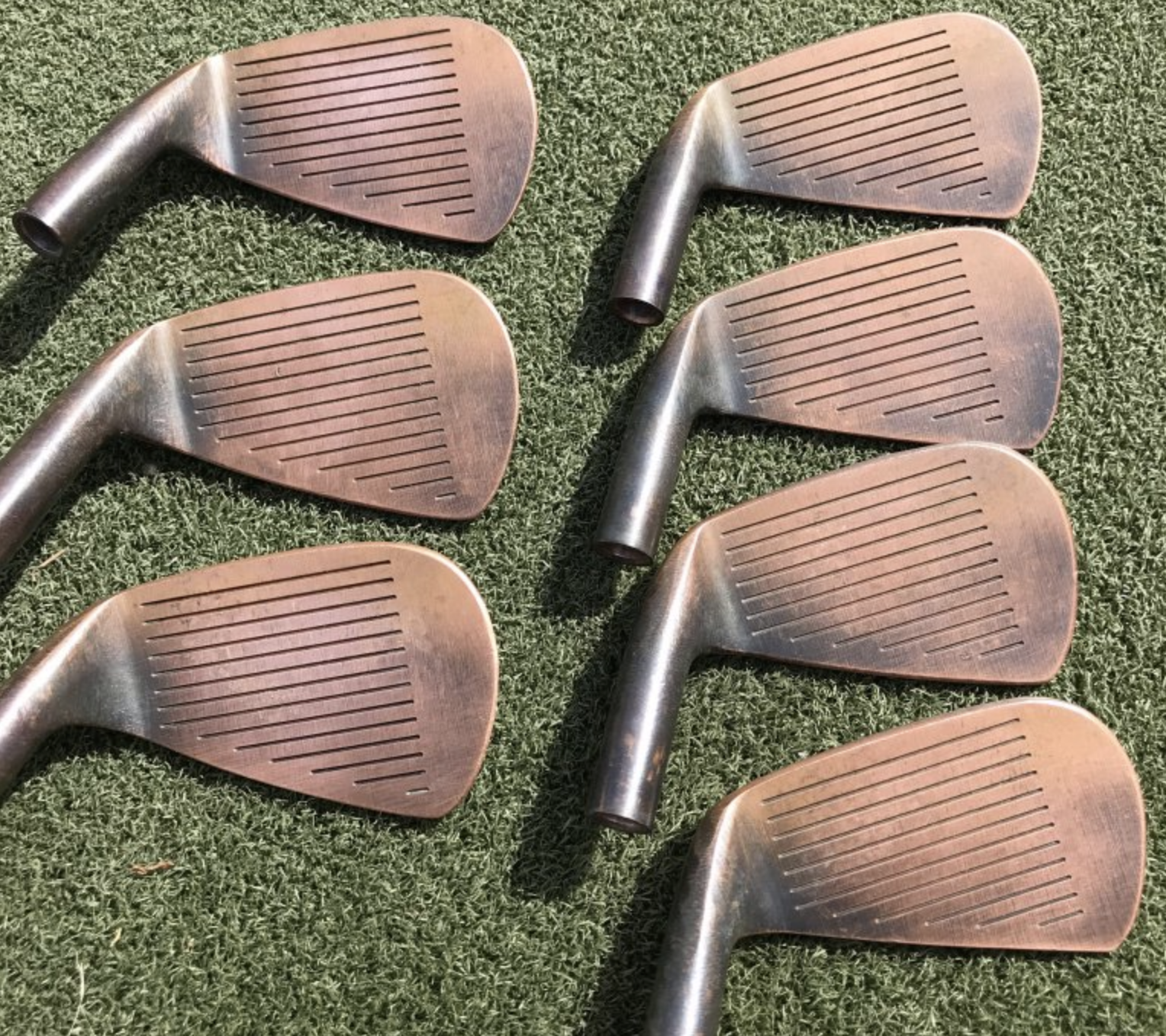
One of the longest-running and most active conversations in all of golf equipment is the subject of blades versus game improvement irons. Over the nearly 20 years I’ve been writing this blog as “The Wedge Guy,” I’ve addressed this in various ways and always stimulated a lively discussion with my readers.
I hope this angle on the conversation will do the same, so all of you please share your thoughts and observations.
In the interest of full disclosure, I have always played some kind of blade-style irons, with only a few detours along the way. But I always come back to my blades, so let me explain why.
I grew up in the 1950s and 60s when blades were all we had. As a teenager with a developing skill set, I became a devotee to those models from the old Ben Hogan Company, and played the “Bounce Sole” model, then several iterations of the Apex line after it was introduced. Those few sets served me well into my 30s, when I became involved in the golf equipment industry. Having Joe Powell Golf as a client, I switched to his pure muscle back model called the “PGI.” They were certainly sweet.
In the late 1980s, I was handling the marketing for Merit Golf, who offered a cavity back forging called the Fusion, which was inspired by the Ben Hogan Edge irons, but offered a more traditional face profile. So, I switched to them.
Playing to a low single digit handicap at the time, I really didn’t see my scores change, but I just wasn’t making as many birdies as I had before. Openly pondering why my golf felt different, a regular golf buddy noted, “You’re not knocking down pins as often as you used to,” and I realized he was right. I was hitting just as many greens as before, maybe one or two more, but I wasn’t getting those kick-in birdies nearly as often. So, I went to the closet and broke out the old Joe Powell PGI irons and had an epic day with three birdies inside five feet and a couple more in the 5-10 range.
Those blades stayed in the bag until I developed my first iron design, the “RL blades” by my first company, Reid Lockhart. By this time, I had seen enough robotic testing prove that the most penalizing mishit with a blade was a toe impact, which mirrored my own experience. So, I sculpted a pure muscle back blade, but added a bit of mass toward the toe to compensate for that deficiency of all such designs.
I played those irons for 20 years, until I created the “FT. WORTH 15” irons for the re-launch of the Ben Hogan brand in 2015. In that design, I further evolved my work to very slightly add a bit of modified perimeter weighting to a pure forged blade, taking inspiration from many of Mr. Hogan’s earlier personal designs in the Apex line of the “old” Ben Hogan Company. Those are still in my bag, going on eight years now.
So, why do I think I can make a solid defense for playing blade irons? Because of their pinpoint distance control, particularly in the short irons — those with lofts of 35 degrees or higher.
I’ll certainly acknowledge that some modern perimeter weighting is very helpful in the lower lofts . . .the mid- and long irons. In those clubs, somewhere on or near the green is totally acceptable, whether you are playing to break 90 or trying to win on the PGA Tour. [Did you know those guys are actually over par as a group outside 9-iron range?] That’s why you see an increasing number of them playing a conservative game-improvement design in those lofts. But also remember that we in the golf club design business deal with poor “hits” only . . . we have no control over the quality of your swing, so the vast majority of bad golf shots are far beyond our influence.
But what I’ve seen in repeated robotic testing and in my own play, when you get to the prime scoring clubs – short irons and wedges – having a solid thickness of mass directly behind the impact point on the face consistently delivers better distance control and spin. In my own designs of the SCOR wedges in 2010, and the Ben Hogan FT.WORTH 15 irons and TK15 wedges, I created a distribution of mass that actually placed a bit more face thickness behind the slight mishit than even in the center, and the distance consistency was remarkable.
I’ve carried that thinking to the Edison Forged wedges by positioning much more mass behind the high face and toe miss than any other wedges on the market. And in robotic testing, they deliver better transfer of energy on those mishits than any other wedge we tested.
So, back to that experience when I switched back to my Joe Powell blades from the Merit cavity back forging, I can sum it up this way.
If your pleasure from your golf is derived more from how good your worst shots turn out, then a game improvement iron is probably the way to go. But if your golf pleasure is more about how good your best shots are, I think there is a very strong case to be made for playing some kind of blade iron design, at least in your scoring clubs.
Alright, fans: sound off!
- LIKE175
- LEGIT19
- WOW5
- LOL5
- IDHT1
- FLOP2
- OB1
- SHANK11
Equipment
Rickie Fowler’s new putter: Standard-length Odyssey Jailbird 380 in custom orange

Editor’s note: This is an excerpt from a piece our Andrew Tursky originally wrote for PGATour.com’s Equipment Report. Head over there for the full article.
…The Jailbird craze hasn’t really slowed down in 2024, either. According to Odyssey rep Joe Toulon, there are about 18-20 Jailbird putter users on the PGA TOUR.
Most recently, Akshay Bhatia won the 2024 Valero Texas Open using a broomstick-style Odyssey Jailbird 380 putter and Webb Simpson is switching into a replica of that putter at the 2024 Wells Fargo Championship.
Now, Fowler, who essentially started the whole Jailbird craze, is making a significant change to his putter setup.
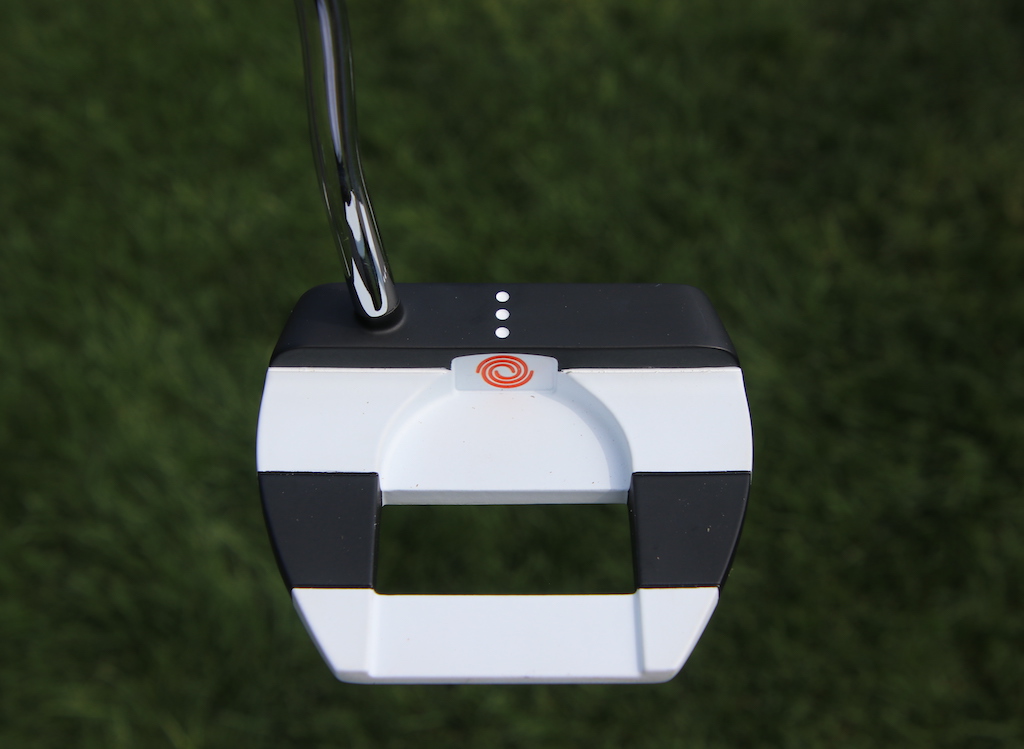
Fowler, who has had a couple weeks off since the 2024 RBC Heritage, started experimenting with a new, custom-orange Jailbird 380 head that’s equipped with a standard 35-inch putter build, rather than his previous 38-inch counter-balanced setup.
According to Fowler, while he still likes the look and forgiveness of his Jailbird putter head, he’s looking to re-incorporate more feel into his hands during the putting stroke.
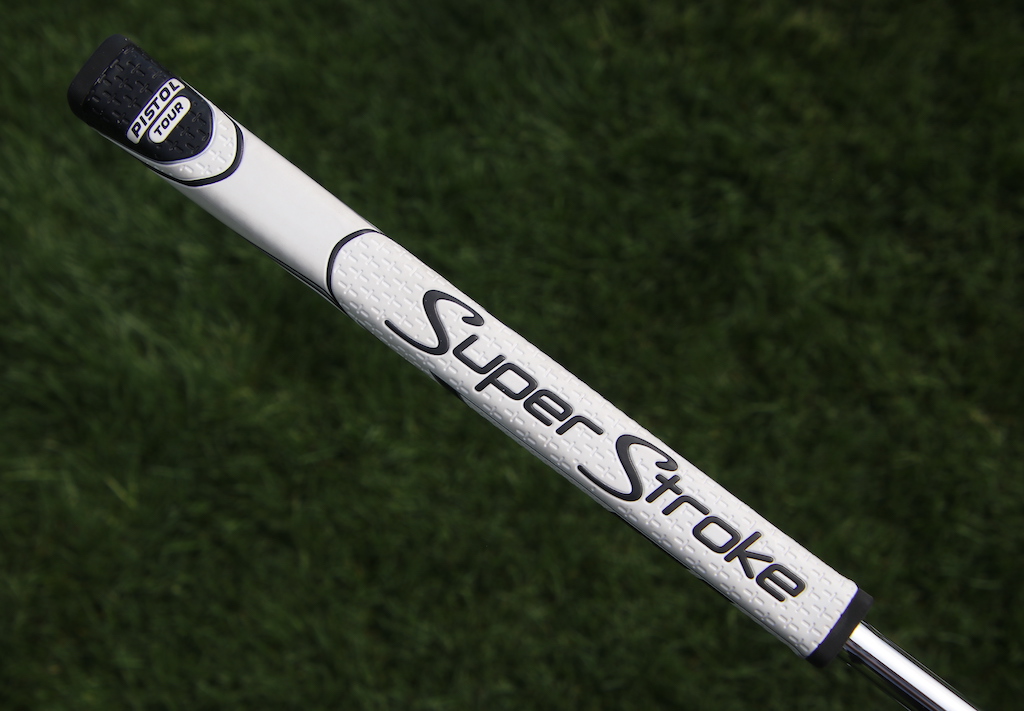
He told GolfWRX.com on Tuesday at the Wells Fargo Championship that the 38-inch counterbalanced setup “served its purpose” by helping him to neutralize his hands during the stroke, but now it’s time to try the standard-length putter with a standard-size SuperStroke Pistol Tour grip to help with his feel and speed control.
Although Fowler was also spotted testing standard-length mallets from L.A.B. Golf and Axis1 on Tuesday, he confirmed that the custom Odyssey Jailbird 380 is the putter he’ll use this week at the 2024 Wells Fargo Championship.
Head over to PGATour.com for the full article.
- LIKE23
- LEGIT4
- WOW2
- LOL3
- IDHT0
- FLOP2
- OB0
- SHANK4
Equipment
Details on Justin Thomas’ driver switch at the Wells Fargo Championship
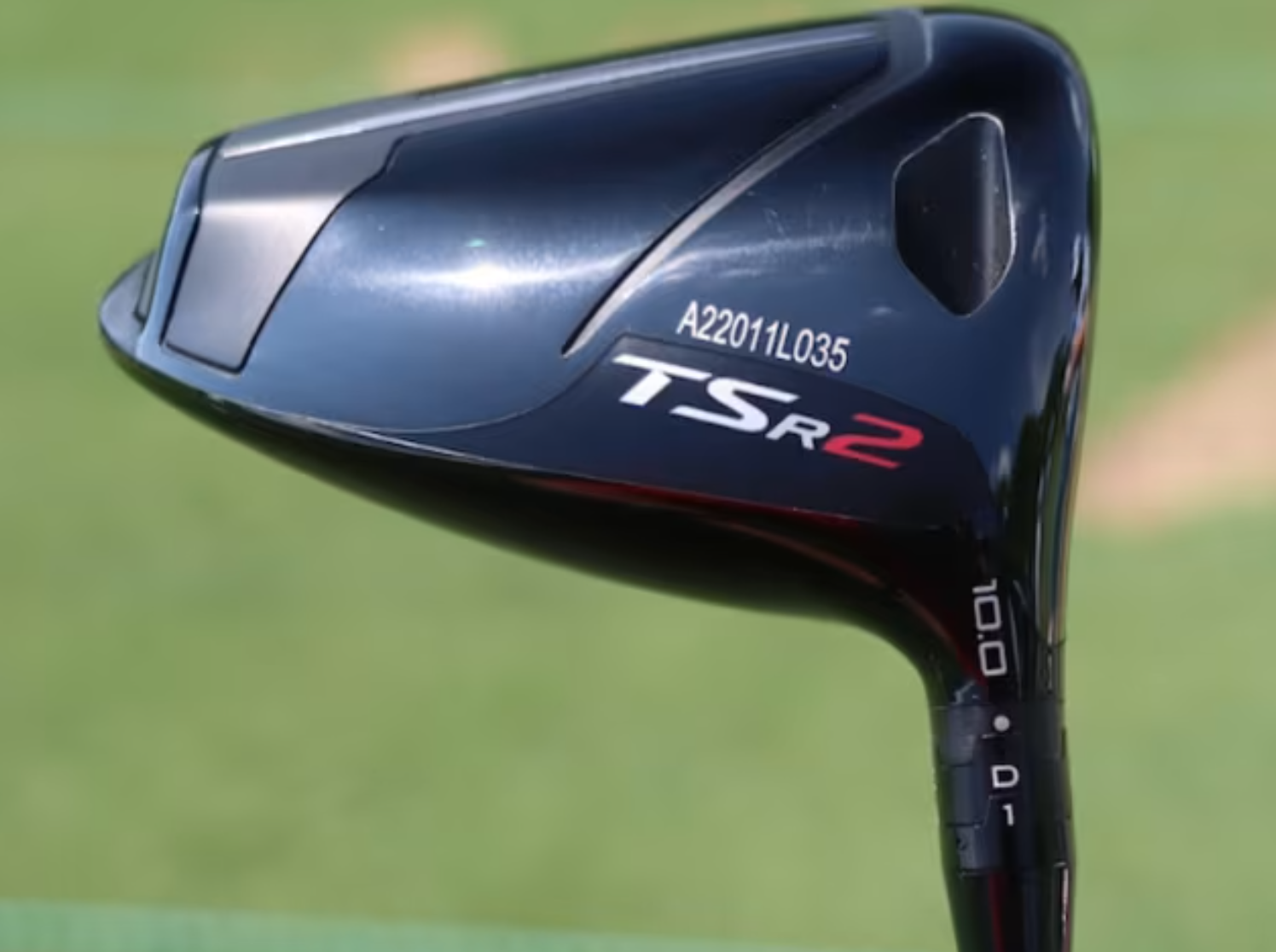
Editor’s note: This is an excerpt from a piece our Andrew Tursky originally wrote for PGATour.com’s Equipment Report. Head over there for the full article.
So, with a couple of weeks off following his latest start at the 2024 RBC Heritage, Thomas sought to re-address his driver setup with the remote help of Titleist Tour fitting expert J.J. Van Wezenbeeck. About two weeks ago, Thomas and Van Wezenbeeck reviewed his recent driver stats, and discussed via phone call some possible driver and shaft combinations for him to try.
After receiving Van Wezenbeeck’s personalized shipment of product options while at home, Thomas found significant performance improvements with Titleist’s TSR2 head, equipped with Thomas’ familiar Mitsubishi Diamana ZF 60 TX shaft.
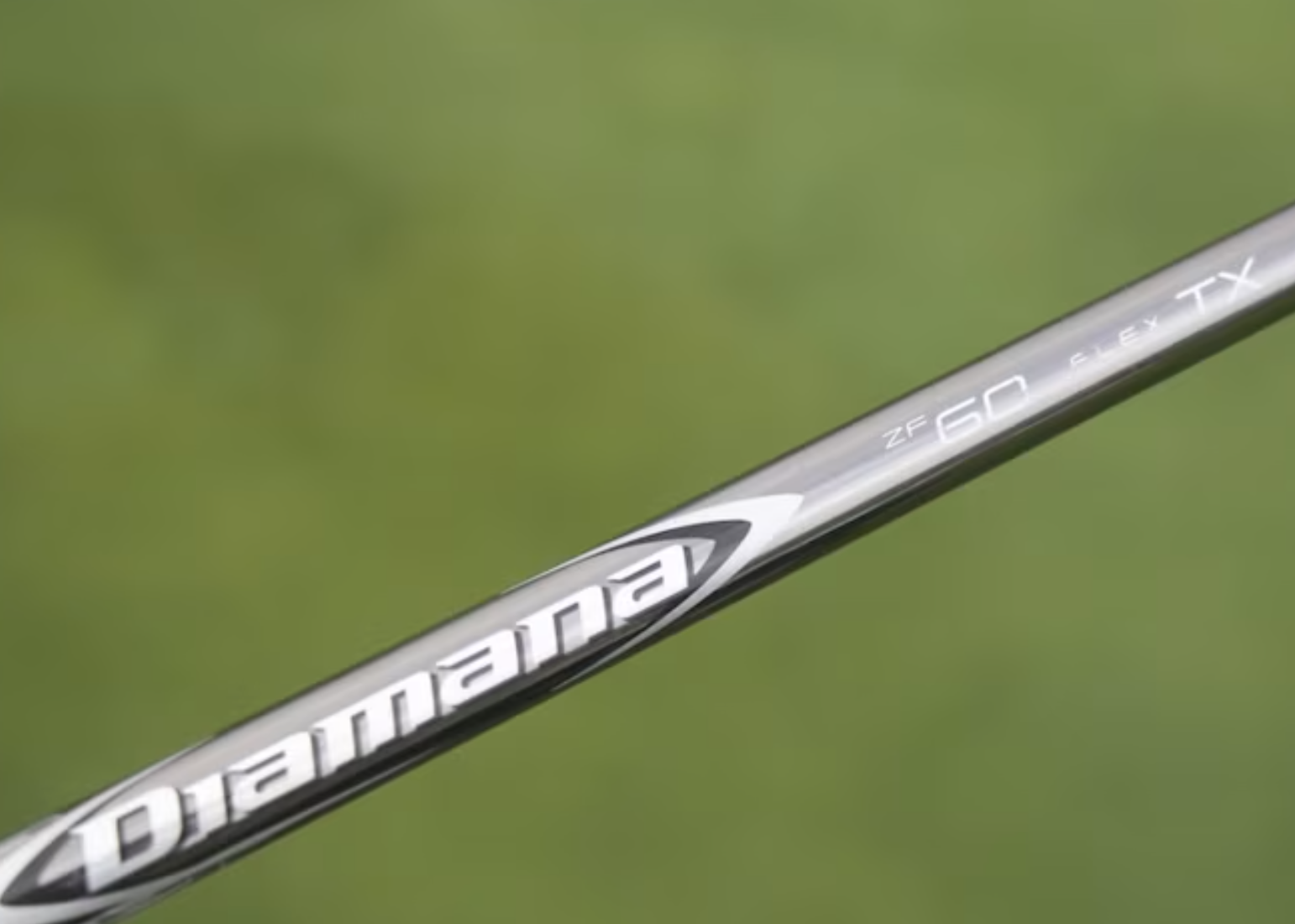
Compared to Thomas’ longtime TSR3 model, the TSR2 has a larger footprint and offers slightly higher spin and launch characteristics.
According to Van Wezenbeeck, Thomas has picked up about 2-3 mph of ball speed, to go along with 1.5 degrees higher launch and more predictable mishits.
“I’d say I’d been driving it fine, not driving it great, so I just wanted to, honestly, just test or try some stuff,” Thomas said on Tuesday in an interview with GolfWRX.com at Quail Hollow Club. “I had used that style of head a couple years ago (Thomas used a TSi2 driver around 2021); I know it’s supposed to have a little more spin. Obviously, yeah, I’d love to hit it further, but if I can get a little more spin and have my mishits be a little more consistent, I felt like obviously that’d be better for my driving…
“This (TSR2) has been great. I’ve really, really driven it well the week I’ve used it. Just hitting it more solid, I don’t know if it’s the look of it or what it is, but just a little bit more consistent with the spin numbers. Less knuckle-ball curves. It has been fast. Maybe just a little faster than what I was using. Maybe it could be something with the bigger head, maybe mentally it looks more forgiving.”
Head over to PGATour.com for the full article.
- LIKE17
- LEGIT1
- WOW1
- LOL2
- IDHT0
- FLOP0
- OB0
- SHANK7
News
5 fall golf trip destinations you should book right now
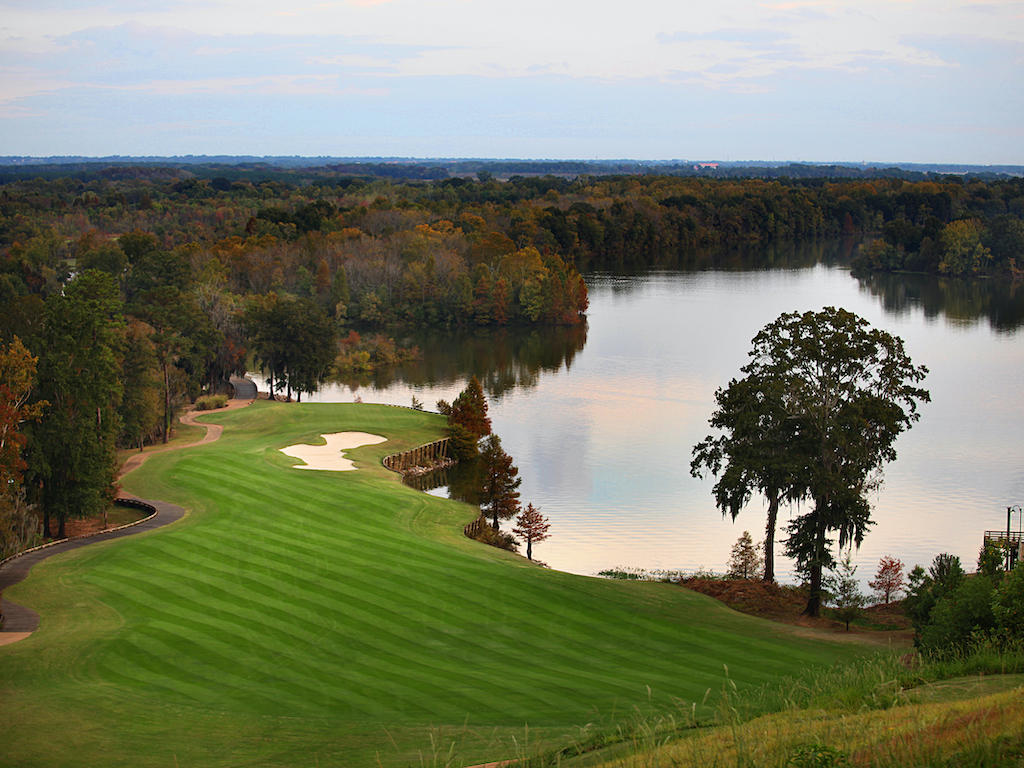
The 2024 golf season is in full swing with the warm weather settling in and those long summer days right around the corner, but what if we told you that you should be thinking about golf this fall? While it may seem to be a ways away, now is the perfect time to start putting together your end-of-season fall golf trip.
Courses are in great shape, the weather is more enjoyable as temps cool off, and your golf game is in peak condition after playing all summer! The best part about fall golf trips is that there are some great deals to be found at golf destinations across the country! Additionally, you can get away to the Caribbean on an all-inclusive trip or travel across the pond for some links golf in the UK or Ireland before the end of their golf season in October.
If you are happy to stay stateside this fall, here are the best golf destinations you should book for your fall trip.
Myrtle Beach, SC
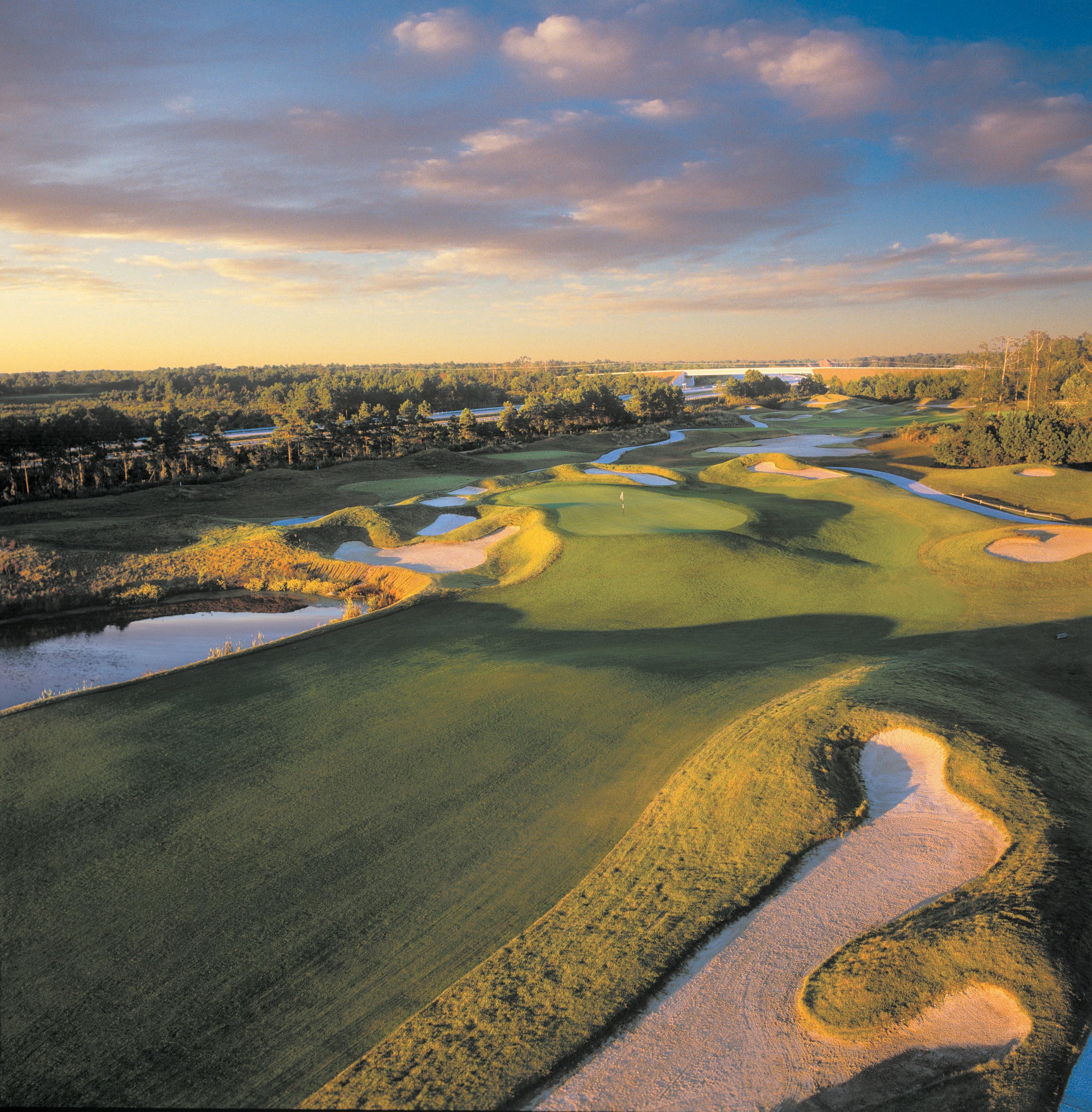
Commonly known as the “Golf Capital of the World”, this coastal destination is home to over 200 golf courses making it the ideal location for a golf trip! If you’re looking for golf and accommodation onsite, choose from a wide range of resorts including favorites like Barefoot and Legends. Alternatively, you could rent a house or stay by the beach and play top tracks like Caledonia, Grande Dunes, Pine Lakes, True Blue, TPC Myrtle Beach and many more! With a plethora of options, you will be able to customize your trip to stay within budget! Fall in South Carolina is a golfer’s paradise with minimal rain, sunny skies, and temperatures in the low 80s (dipping into the 70s in later fall with lower humidity), the perfect combination for a golf trip.

If you’ve never played golf in the desert, fall is the best time to do so and there is no better selection of desert layouts than Scottsdale. With a wide variety of golf resorts, courses, and attractions, it is easy to see why many professional golfers call this place home. Enjoy a golf and city trip with a stay close to the nightlife in Old Town and a tour of the local courses like Raven, McCormick Ranch, and Ocotillo. Head north of the city with a resort stay at The Westin Kierland or Hyatt Regency and play some Championship courses like TPC Scottsdale, Troon North, or Grayhawk. Or head out to the fabulous We-Ko-Pa Resort and Golf Club and indulge in the ultimate desert golf experience. The weather in Scottsdale will be very warm (mid to high 80s), with cloudless skies and green grass contrasting the desert landscape.

The golf mecca in the state of Florida, Orlando is a great golf destination any time of the year, but fall is really where it flourishes. Course conditions are impeccable, the weather is warm with fading humidity, and there are a multitude of off-course activities for the whole family. Stay & play at some of the best golf resorts like Reunion and Omni Championsgate or tick off a bucket list course when you visit Arnold Palmer’s Bay Hill. A few other reasons this destination is so popular is the wide variety of rental houses throughout the area, perfect for a large group and the quality courses to choose from including Waldorf Astoria, Celebration, Shingle Creek, and the three Disney courses! With easy accessibility through the MCO Airport, Orlando is a no-brainer for a fall golf trip.

PAIUTE GOLF RESORT – LAS VEGAS, NEVADA
A destination often overlooked when it comes to golf, Las Vegas in the fall is a wonderful treat! A stay on the iconic Las Vegas Strip gives you a wide range of 3 to 5-star hotel options within walking distance to the city’s biggest entertainment venues, casinos, restaurants, and more! For golf options, you will need to travel outside of the city (roughly 20 mins) to play some incredible desert layouts like Rio Secco, Revere, Cascata, and the trio of courses at Paiute Golf Resort. If you fancy a longer day trip, you can always take the hour-long drive up to Mesquite and play Wolf Creek and Conestoga for a pure desert golf experience.
Alabama – Robert Trent Jones Trail
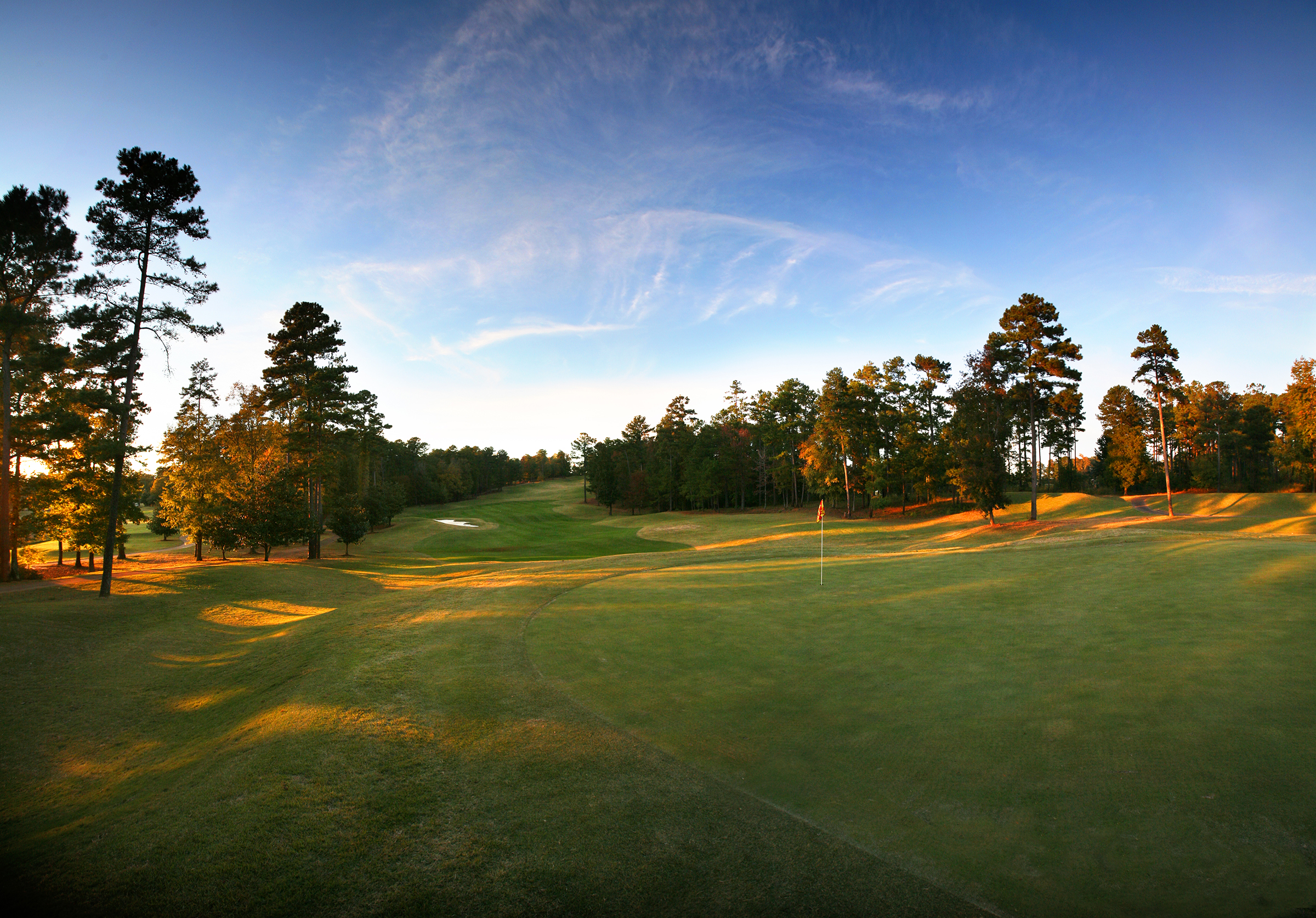
If you’re a golf nerd (like me) and you’re looking for something a little different for your trip, look no further than the incredible RTJ Trail in Alabama. The Trail spans 11 different locations across the state with over 400 holes of golf all designed by legendary course designer Robert Trent Jones, Sr. The more popular courses on the trail are in Birmingham, Montgomery, and Auburn, making it perfect for an extended trip. Some of the best courses on the trail include Ross Bridge, Grand National (2 courses) and Capitol Hill (3 courses).Weather-wise, fall is the best time to hit the trail with average temps hovering around 80s (dipping into the 70s as fall goes on) with a limited amount of rainfall. The summer months are usually where the pricing is the highest so you can find the best deals in the fall with courses still in good condition.
There has already been a huge uptick in fall golf trip bookings, so make sure to start planning now to get the travel dates and tee times you want for your group!
Editor’s note: This article is presented in partnership with Golfbreaks. When you make a purchase through links in this article, GolfWRX may earn an affiliate commission.
RELATED: 7 PGA TOUR courses you need to play
- LIKE3
- LEGIT2
- WOW0
- LOL1
- IDHT0
- FLOP0
- OB0
- SHANK0
-

 19th Hole2 weeks ago
19th Hole2 weeks agoJustin Thomas on the equipment choice of Scottie Scheffler that he thinks is ‘weird’
-

 19th Hole2 weeks ago
19th Hole2 weeks ago‘Absolutely crazy’ – Major champ lays into Patrick Cantlay over his decision on final hole of RBC Heritage
-

 19th Hole2 weeks ago
19th Hole2 weeks agoLET pro gives detailed financial breakdown of first week on tour…and the net result may shock you
-

 19th Hole2 days ago
19th Hole2 days agoReport: LIV star turns down PGA Championship invite due to ‘personal commitments’
-

 19th Hole1 week ago
19th Hole1 week agoGary Player claims this is what ‘completely ruined’ Tiger Woods’ career
-

 Whats in the Bag2 weeks ago
Whats in the Bag2 weeks agoTeam McIlowry (Rory McIlroy, Shane Lowry) winning WITBs: 2024 Zurich Classic
-

 19th Hole3 weeks ago
19th Hole3 weeks agoTaylorMade signs 15-year-old AJGA Rolex Junior Player of the Year to an NIL contract
-

 Equipment1 week ago
Equipment1 week agoGolf fans left surprised by LIV’s choice of course for its 2024 individual championship event



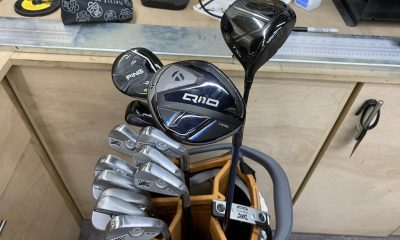



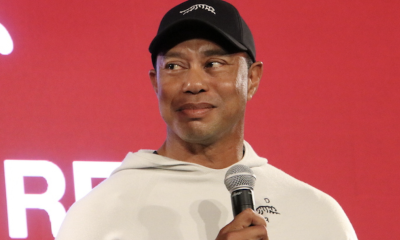

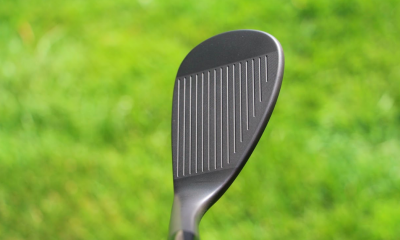















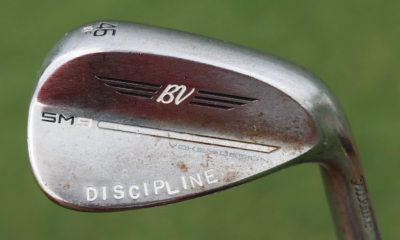

Pingback: The Wedge Guy: The critical transition factor – GolfWRX
Drew
Sep 30, 2022 at 7:22 pm
So your playing vokey wedges, but game improvement irons of a different(non Titleist) brand. How would one incorporate blades into this setup. But some Titleist 8-PW blades or go with blades of the same manufacture as your game improvement irons? I think a part 2 may be needed for this article
Pingback: The Wedge Guy: A Tale of Two Misses – GolfWRX
Not Biden
Sep 27, 2022 at 7:14 pm
What is the authors playing background? How often does he shoot under par? I take no advice from somebody who’s not scratch or better.
+3.1 myself.
Try
Sep 23, 2022 at 7:19 pm
Nonsense. Give me the largest game improvement iron you can find and you play your blades and I’ll still beat you
Brian
Sep 26, 2022 at 2:23 pm
Suuuure you will. It’s your story, tell it however you want.
MarkM
Sep 23, 2022 at 1:46 pm
I grew up with blades, as I started playing golf in the 70s. I have gone back and forth between blades and CBs but always seem to return to blades for the same reason you cited – the feeling of hitting that pure shot and knowing it will go the distance you want. Currently playing Honma T//W Rose Proto irons
Dennis
Sep 23, 2022 at 12:08 am
Don‘t you need a certain swing speed to play blades?
Brian
Sep 26, 2022 at 2:22 pm
In the 3 – 6i you do. If you don’t have enough speed, your gaps will bunch up in the mid-long irons.
Dan
Sep 22, 2022 at 10:49 pm
Thanks for An enjoyable read. I briefly had RL blades around 2003 and forgotI had them till I read this.
WYBob
Sep 22, 2022 at 7:56 pm
I agree with you 100%. I am about the same age as you and started playing forged blades in the mid-’60s on tight lies and some tough courses in Texas. As you say, they were the only thing available at the time. A modern GI club just does not fit my eye and I hit them worse than most modern MB irons. My favorite irons are still the Ben Hogan FTX from the early 2000s which was a mixed MB (E-7) and CB (6-3)set designed as an integrated set. I still have them plus several sets of Hogan Apex and a set of Hogan Fort Worth irons that I pull out from time to time to test my ball striking (and honestly for nostalgia purposes). However, as a concession to age, I have built out a combo set of irons that take advantage of current technology in an effort to regain some of the distance lost due to age. The primary difference from the FTX is that my current MBs run 8-PW. Thanks for your insights and affirmation that my current thinking about iron set makeup has some merit. cheers…
Nick
Sep 22, 2022 at 6:02 pm
This is my idea for my set of irons is to have players distance in the 4-7irons and get more blade like irons in 8-W
Karsten Solheim
Sep 22, 2022 at 1:24 pm
I had it figured out in 1982 Terry. Certain folks didn’t like it when I took their market share.
Stosh
Sep 22, 2022 at 12:46 pm
I completely agree with your argument. And during my years of trying and buying new clubs, I have found the a mixed set of clubs – blades in the short irons – gave me not only great consistency but the ability to hit a broader variety of shots with control. I encourage golfers, mid to low handicaps to try this set up.